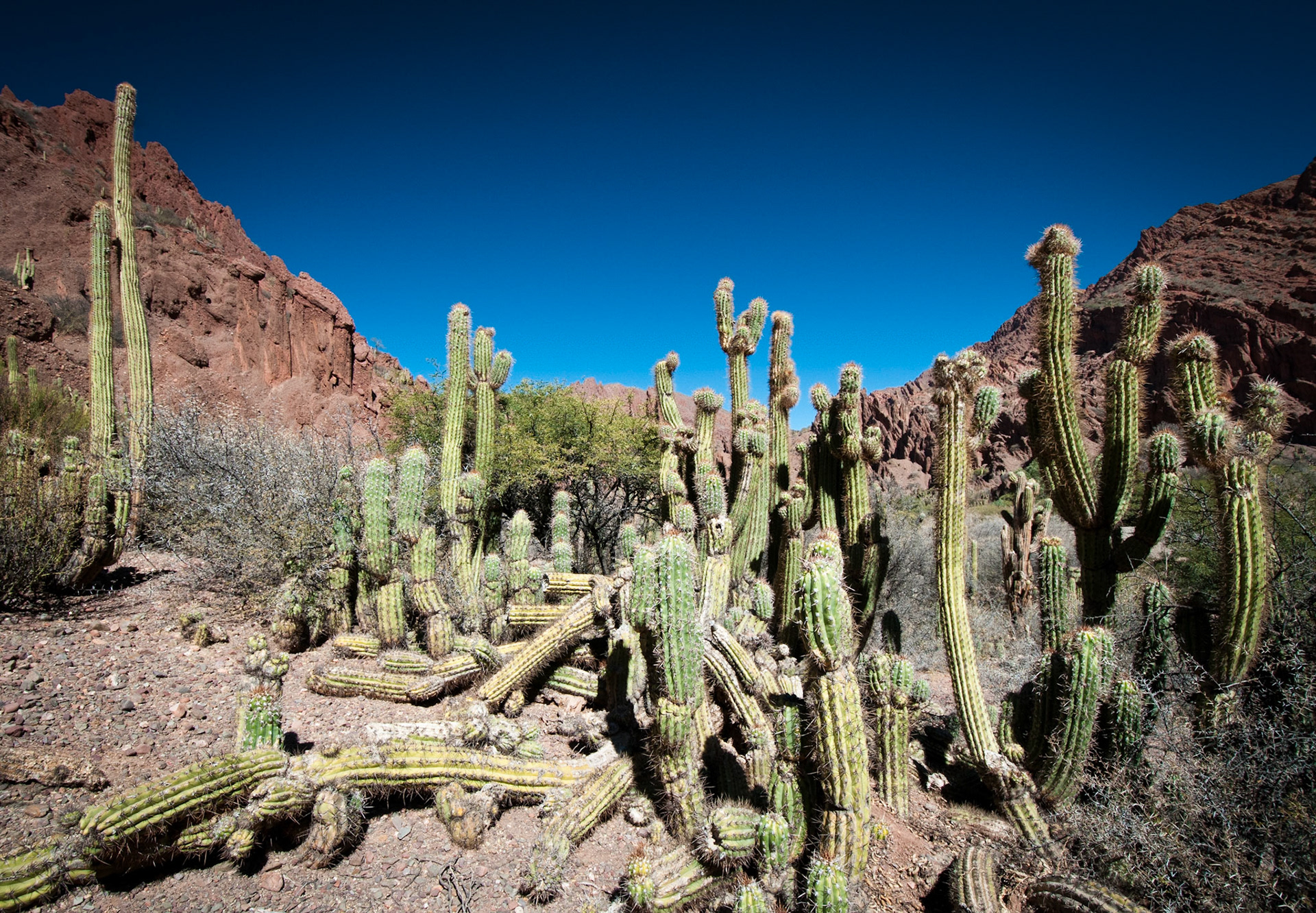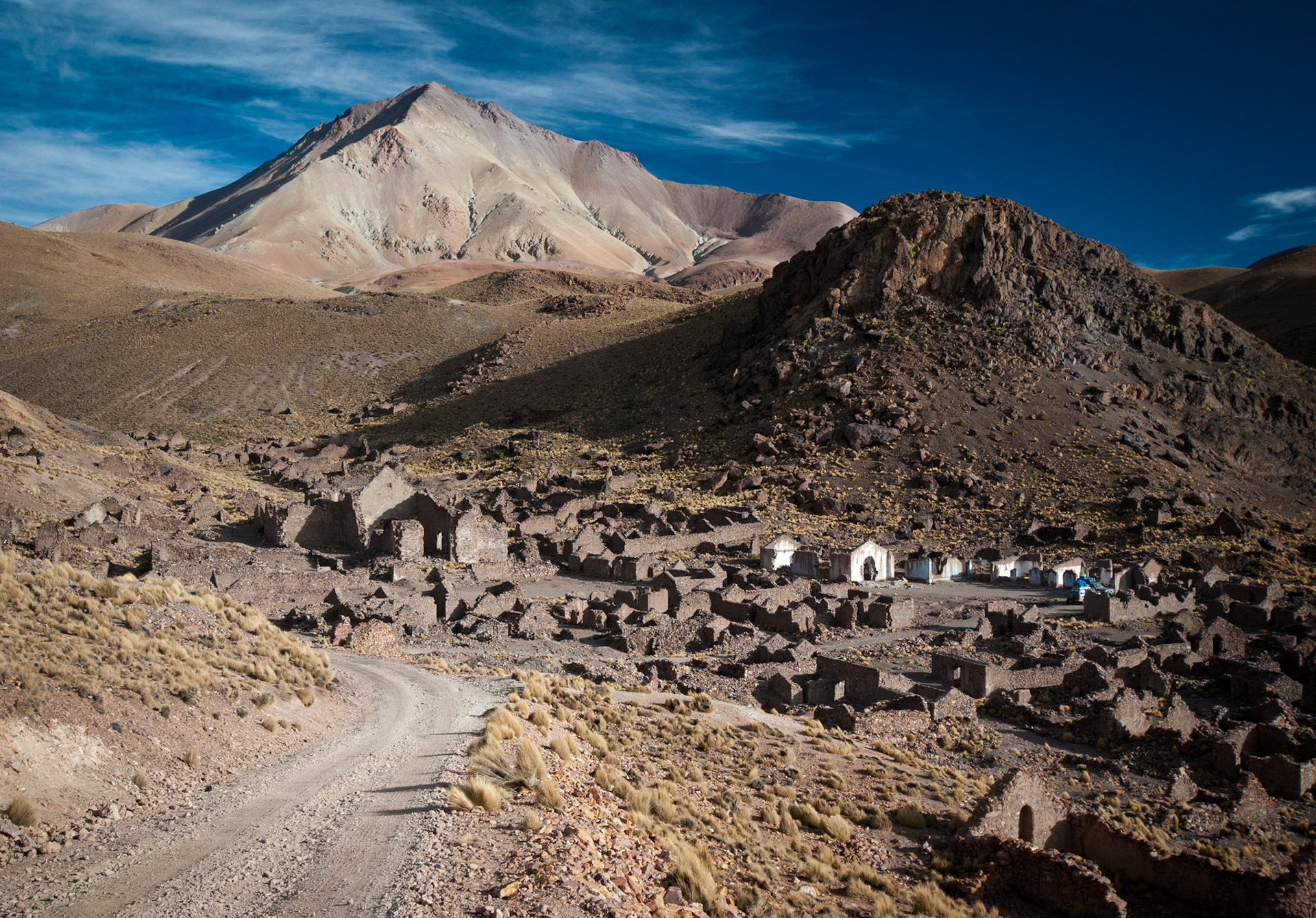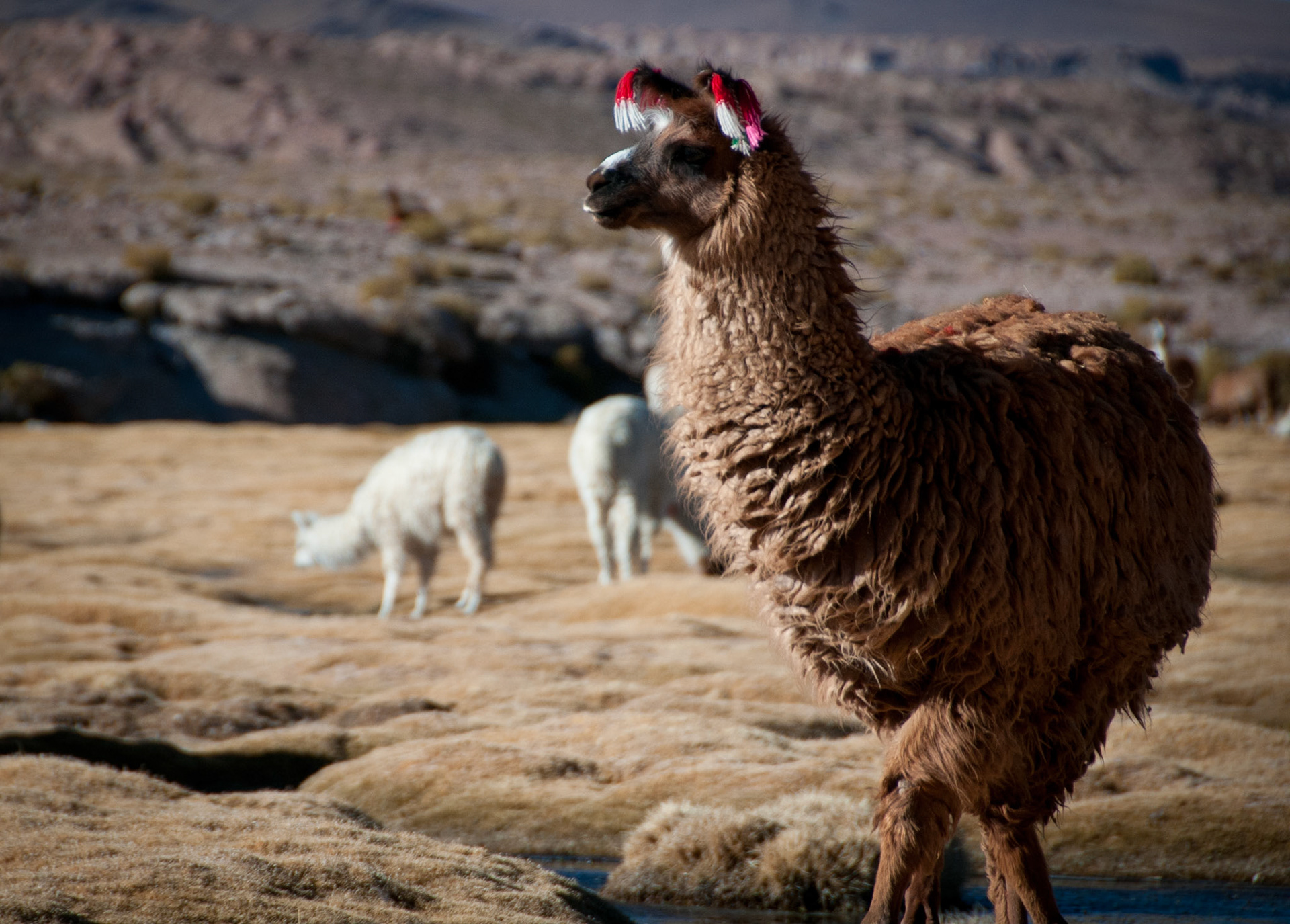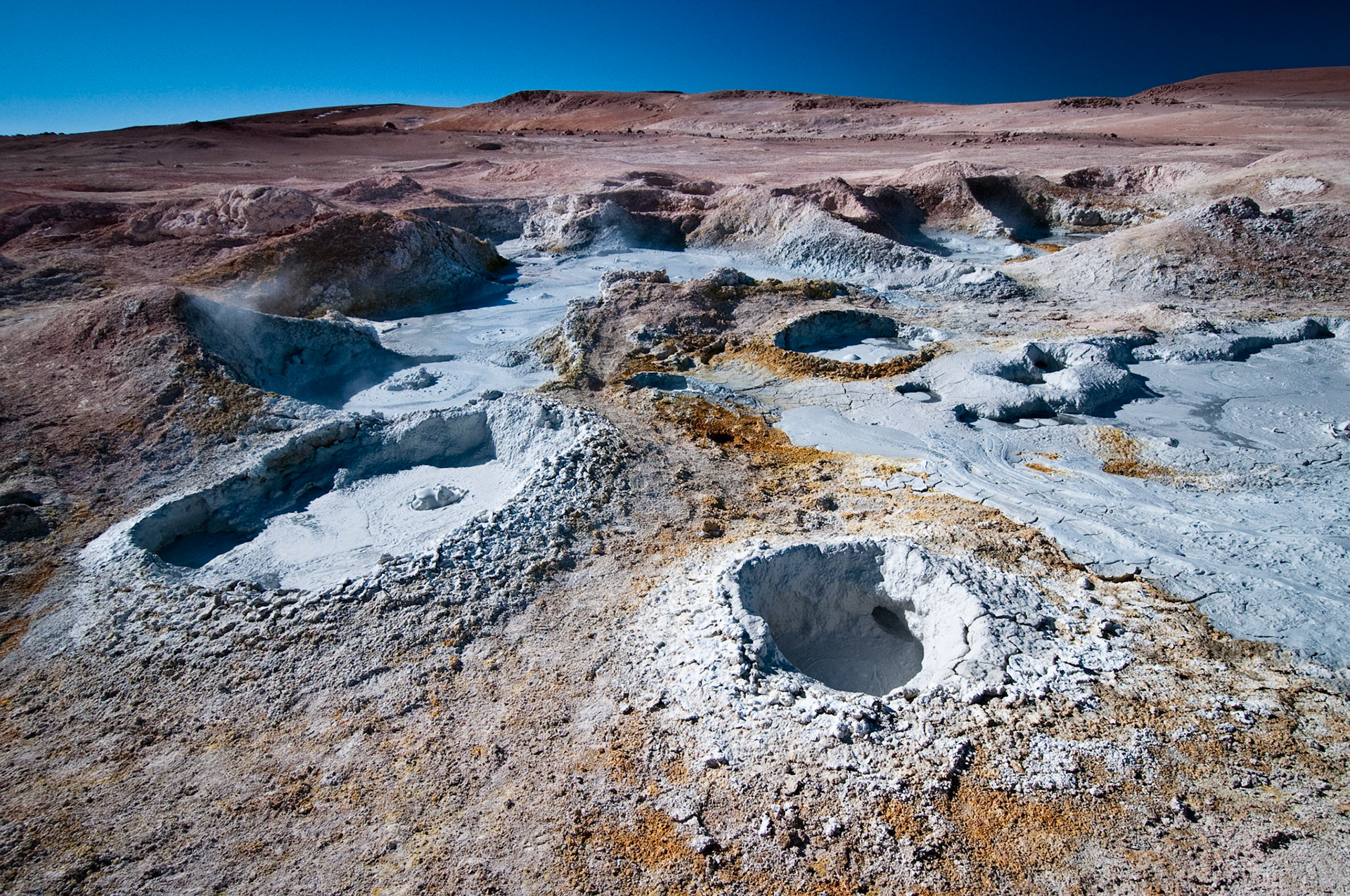In summer 2009, I travelled to Bolivia, returning after almost six years to South America. During my trip to Perù in 2004, I had also visited La Paz and promised myself to return to explore the magnificent high-altitude plateau in the south-west of the country. What follows is a short tale of my trip... which turned out to be quite an adventure!

August 6th National Day Parade (Sucre, Bolivia)

Youngsters playing at public billiards (Tupiza, Bolivia)

Valle de los Machos near Tupiza (Bolivia)

Canyons at El Sillar near Tupiza (Bolivia)

Old mining town of San Antonio Vejo (Bolivia)

Lama in a high-altitude meadow (Bolivia)

One of the 4x4s used to visit the Salares (Bolivia)

Geysers at Sol de Manana (Bolivia)

Flamingo at Laguna Hedionda (Bolivia)

Laguna Hedionda (Bolivia)

View near Laguna Canapa (Bolivia)

Railway crossing the Salares near Chiguana (Bolivia)

Road sign showing the Ruta Intersalar at Jirira (Bolivia)

Plaza Murillo in La Paz (Bolivia)

View of the Cordillera from Isla del Sol (Bolivia)
Bolivia sits right in the middle of South America. A landlocked country since the end of 19th century, after losing access to the sea during the war with Chile, it features nonetheless a great variety in terms of geographical areas. The vast high-altitude bolivian Altiplano, along the Andes, makes up the western part of the country. The plateau abruptly slopes down to the east leaving place to the Amazon Rainforest in the north-east and the plains merging to the Argentinian pampas in the south-east.
My trip started in Santa Cruz de la Sierra, after two days of delayed and missed flights with sleep-overs in Rome and Buenos Aires (watch out for Aerolineas Argentinas!). Santa Cruz is a big and rapidly growing town in the south-eastern plains: a "border town" that reminds of what had to be the early American far-west and inhabited by the strangest variety of people... all in search of a new life or simply a place to hide from the world.
In Santa Cruz, together with the rest of the group I was traveling with, I quickly discovered that a large part of the southern plateau was troubled by a miner's rebellion with major roads blocked and most towns isolated. Nonetheless, we decided to proceed to Sucre, hoping the situation would improve... unfortunately it did not. While blocked in Sucre, I enjoyed the lively and characteristic town with its pebble roads, white buildings and numerous churches, legacy of controversial but defining Spanish colonialism. After two days of constant news talking about worsening conditions and when all hopes seemed lost, we finally found two "trusted" drivers who would carry us in the middle of the night to Tupiza, on the other side of the blocked region and where 4x4s were waiting us for visiting the Salares. The nightly trip, 18 straight hours of drama, was one of the most adventurous experiences I've had: road blocks, frightening tracks up and down rugged mountains, impossible fords... all in a crammed van with icy air entering the windshield and behind an impassive driver chewing coca leaves and smoking! At last, totally exhausted but glad to have the rebellion safely behind, we arrived in Tupiza.
Tupiza is well worth a visit: if the town itself is uninteresting, a number of astonishing canyons and rock formations, called Quebradas, make up the surroundings. I was particularly impressed by the landscape at El Sillar with breath-taking views over some of the most beautiful canyons I have ever seen. I would soon discover, however, that the best part of the trip was yet to come. I was about to enter the Salares...
The Bolivian Altiplano is a unique natural environment: at heights constantly above 3000 meters o.s.l. it's a land like no other with snow-capped volcanoes, impossibly colored lagunas full of pink flamingos, high-altitude grasslands home to lamas and alpacas, smoking geysers and vast salt lakes. Below, in the depths of the earth, probably the largest concentration of minerals and other natural treasures ever found, attracting economic and political interests from all parts of the world.
I visited this region traveling off-road with 4x4s and spending nights at the numerous basic shelters available in national parks and small villages. From Tupiza, the route initially run through the villages of Nazarenito, San Antonio del Lipez and Quetena, then crossed the area of the lagunas to finally arrive to Salar de Uyuni more to the north. I really enjoyed the old mining town of San Antonio Vejo, the rocks formations of Desierto de Salvador Dalì and the views of Salar de Challviri. However, I was totally overwhelmed by the beauty of the lagunas (in particular the famous Laguna Verde and Laguna Colorada) and the lunar landscape at Sol de Manana geysers. Also, the sheer immensity of Salar de Uyuni, with its infinite stretches of salt under a deep blue sky, and out-of-this-world jewels such as Isla Inkahuasi, in the middle of nowhere and dotted with thousands of cactuses, are simply mind-blowing. I will always remember the vastness of the land, the pureness of the light, the strong colors and the resulting strong sensations...
I wish I had more time to visit the region, possibly visiting Desierto de Atacama in neighbouring Chile, but time was running out... and while in the Salares (with no contacts with the outside to warn us) the rebellion had escalated. Miners had, in the meantime, sealed all access to the area and now threatened travelers at road blocks with sticks of dynamite! This time, however, we found an escape route to the north and, after some trouble, reached Oruru and then La Paz. I spent the last days touring La Paz, always surprising with its chaotic layout and never-ending markets, and relaxing on Isla del Sol on beautiful Lake Titicaca.
Bolivia is an incredible place, with natural environments you cannot find anywhere else and out-worldly landscapes that simply blow your mind. A place full of contradictions and unrest, legacy of colonialism but also result of the political and social troubles that derive from a plurality of interests around the natural richness buried in its soil. A place where a tough and genuine population, since pre-colombian times, tries to cope with a harsh and difficult land. It's a country every serious traveller has to visit at least once, being prepared for some adventure and difficult conditions, but extremely rewarding.
Published in December 2010.